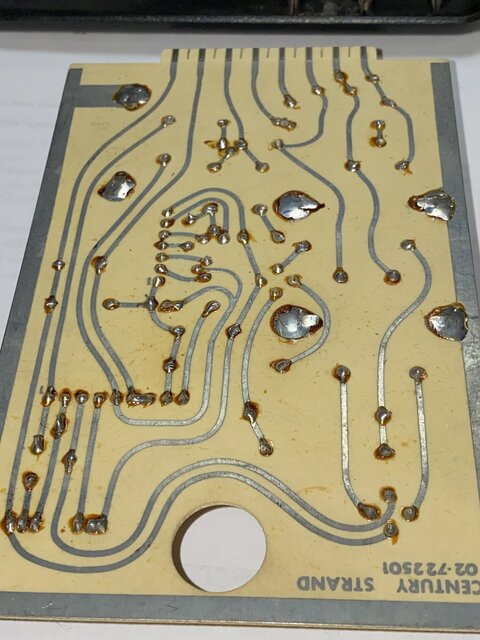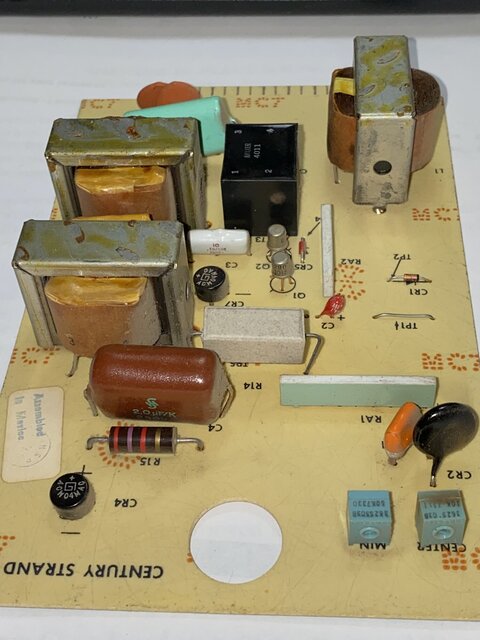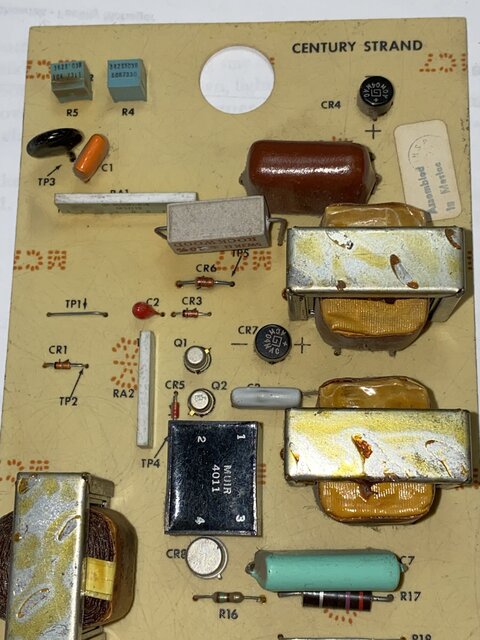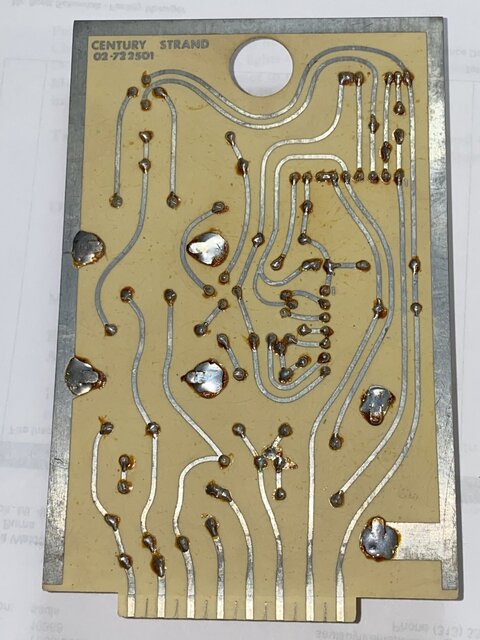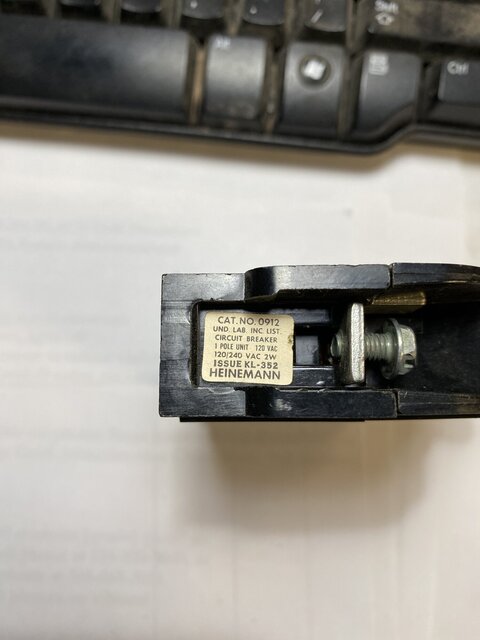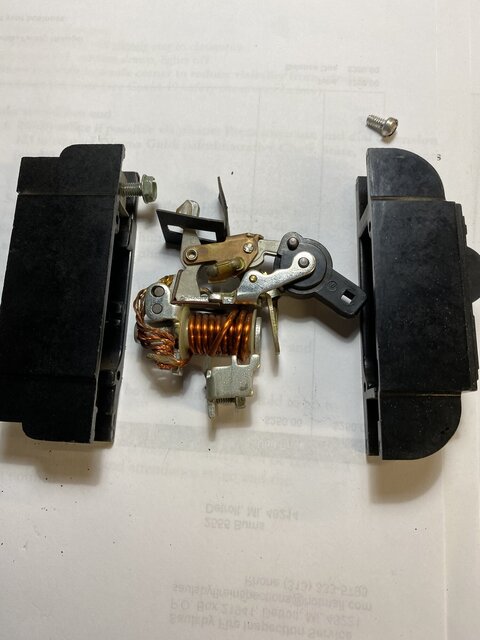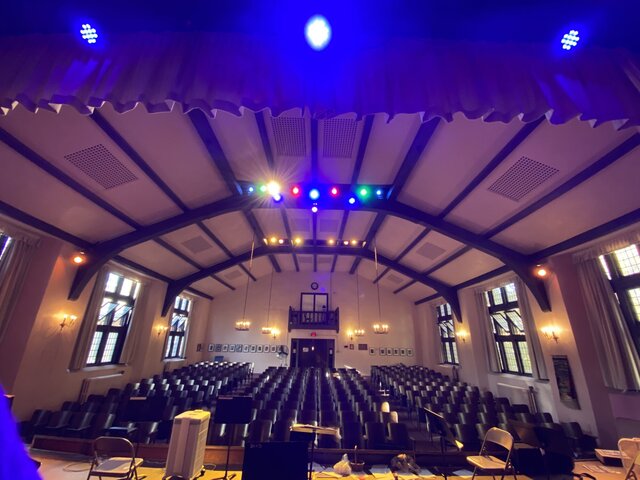STEVETERRY
Well-Known Member
yes the 10th dimmer is working and I know it was the breaker but I did go through all the cards and cleaned them up
I do have one card that when I plugged it in a good channel it was dim like the light was only getting half the power
one thing that I don't understand is the breaker was overheated but it did not trip and the fuse was not blown, the fuses are 50 rated and the breakers are 20 amp rated
these breakers are able to be taken apart, on the back there are 4 holes covered in some kind of glue and under the glue there are screws and the contact was pitted and over heated, I cleaned them up nice and smooth on both pieces and it works for now, I cant trust it for safety purposes because it looks like it never tripped so I'm looking everywhere for new breakers, but anyways I only have 3 channels to go and its not the cards, I think that's going to be wiring in the back with all the wire nuts
From the beginning I would find a problem then another would show its ugly head then another and another the further down I went more problems showed up but I see a light at the end of the tunnel and I don't think its a train it might be one of our Century cans with a 500 watt bulb
In general, molded-case circuit breakers in 15A or 20A ratings are not suitable for disassembly and internal cleaning of contacts. If the breakers in question are the Heinemann 0911 series, they are notorious for contact failures. I suggesting locating replacement breakers as soon as possible.
ST



